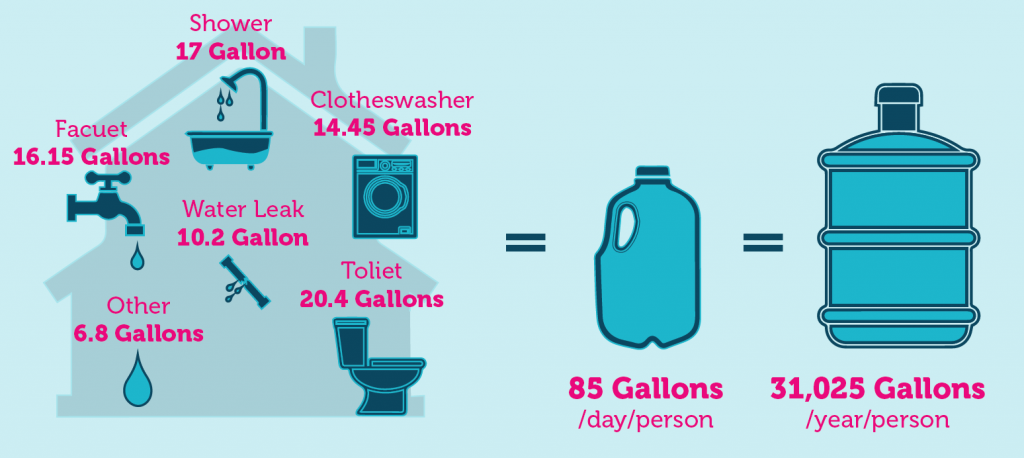Introduction
Water-efficient construction is a crucial aspect of sustainable development, as it helps conserve one of our most precious natural resources. By implementing innovative techniques and materials, we can reduce water consumption in the construction industry and contribute to a greener future.
The Importance of Water Efficiency
H3: Environmental Benefits
Water-efficient construction plays a significant role in minimizing the environmental impact of buildings. By using efficient fixtures and fittings, such as low-flow toilets and faucets, we can reduce the amount of water consumed in daily activities. This, in turn, helps preserve water sources and protect ecosystems.
H3: Economic Advantages
Implementing water-efficient practices in construction can lead to substantial cost savings. By using water-saving technologies, such as rainwater harvesting systems and greywater reuse, buildings can significantly reduce their reliance on municipal water supplies. This not only reduces water bills but also decreases the strain on local water infrastructure, resulting in long-term economic benefits.
Water-Efficient Techniques
H3: Green Roofs
Installing green roofs is an effective water-efficient technique that helps reduce stormwater runoff. These roofs are covered with vegetation, which absorbs rainwater and releases it slowly, reducing the burden on stormwater management systems. Additionally, green roofs provide insulation, improve air quality, and create green spaces in urban environments.
H3: Xeriscaping
Xeriscaping is a landscaping technique that focuses on using native plants and efficient irrigation systems to minimize water consumption. By choosing drought-tolerant plants and employing drip irrigation methods, water usage can be significantly reduced. Xeriscaping not only saves water but also requires less maintenance and reduces the need for chemical fertilizers and pesticides.
Conclusion
Incorporating water-efficient construction practices is vital to building a sustainable future. By implementing innovative techniques like green roofs and xeriscaping, we can minimize water consumption, protect the environment, and save costs. It is essential for architects, contractors, and policymakers to prioritize water efficiency in construction to create a more sustainable and resilient built environment.
